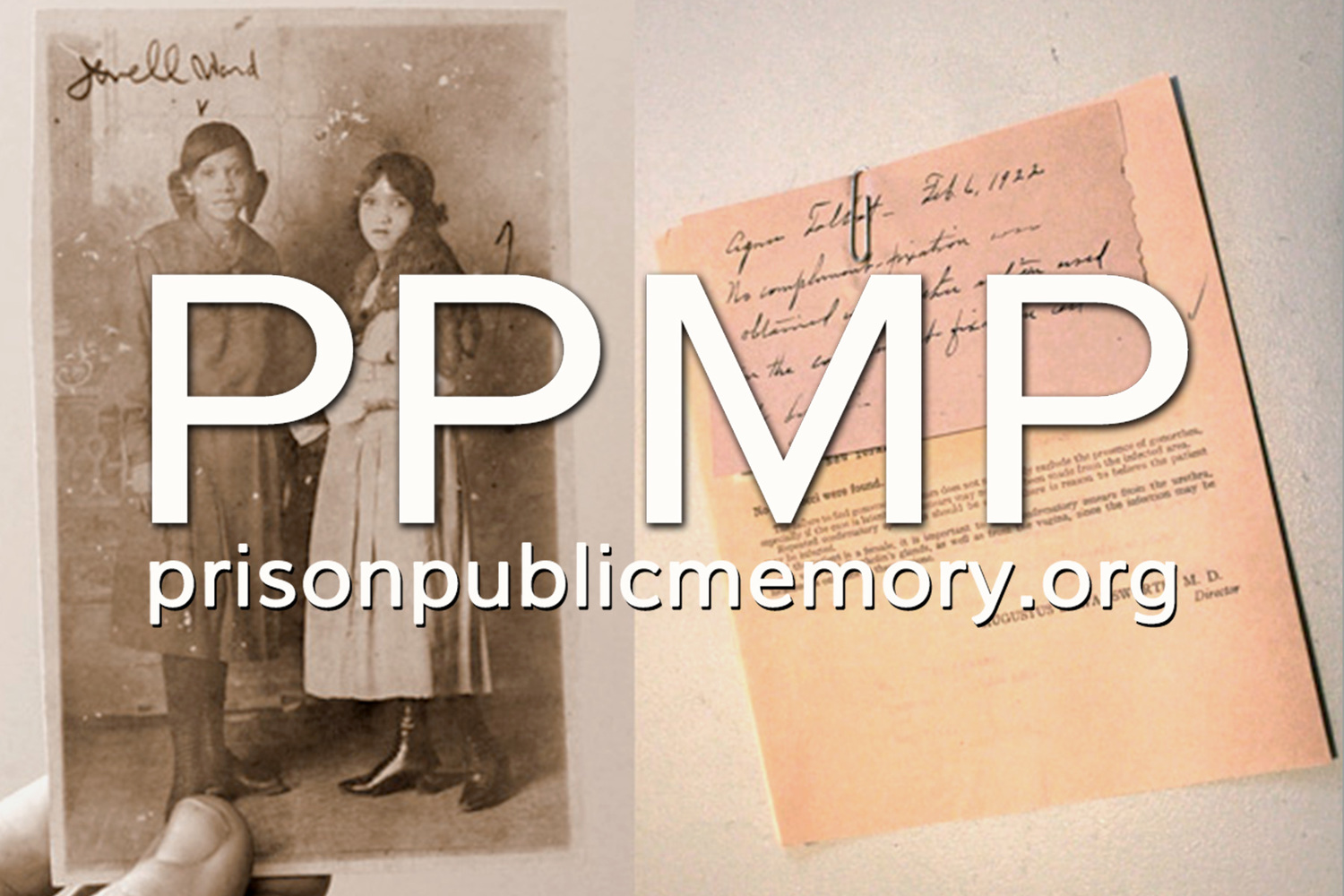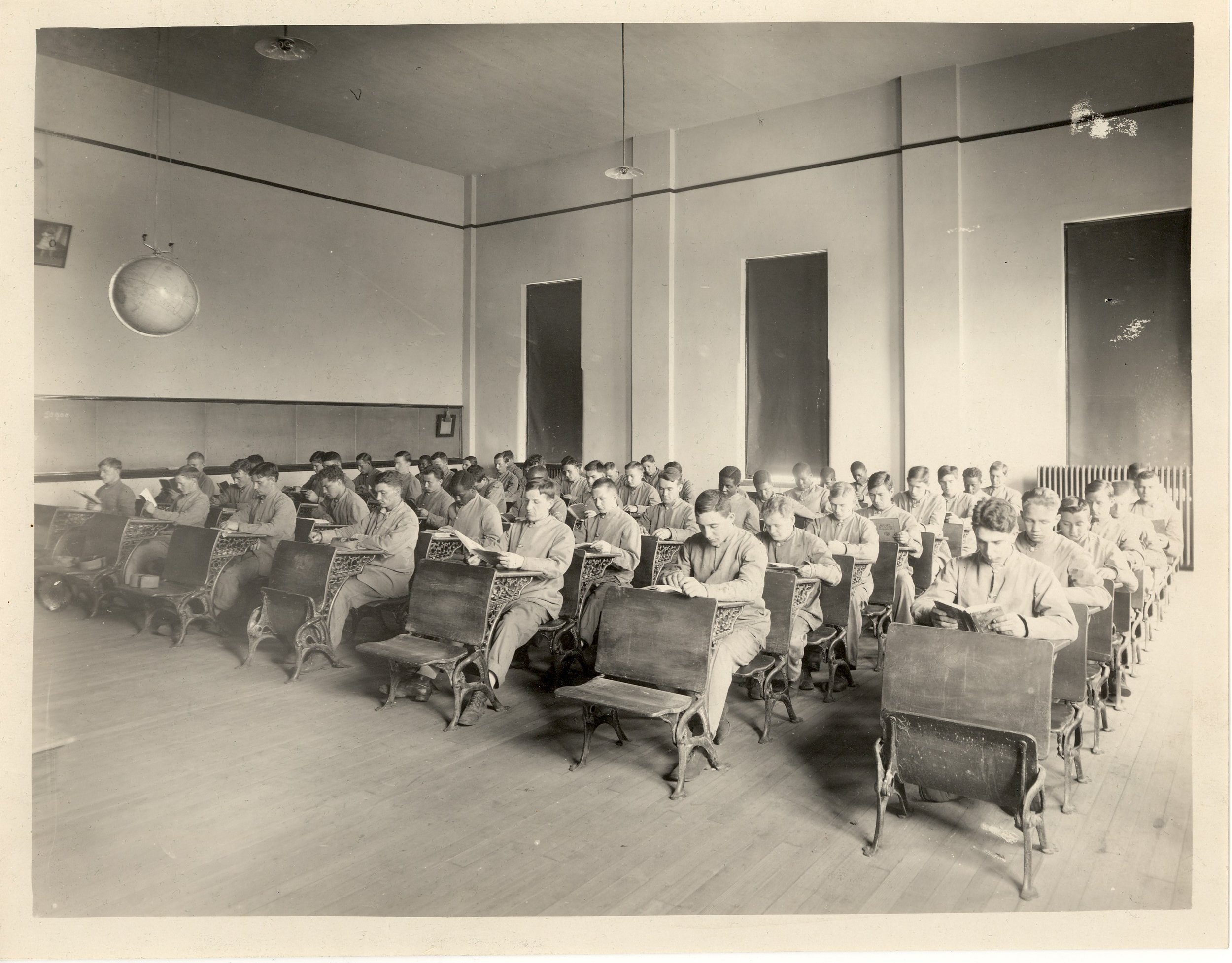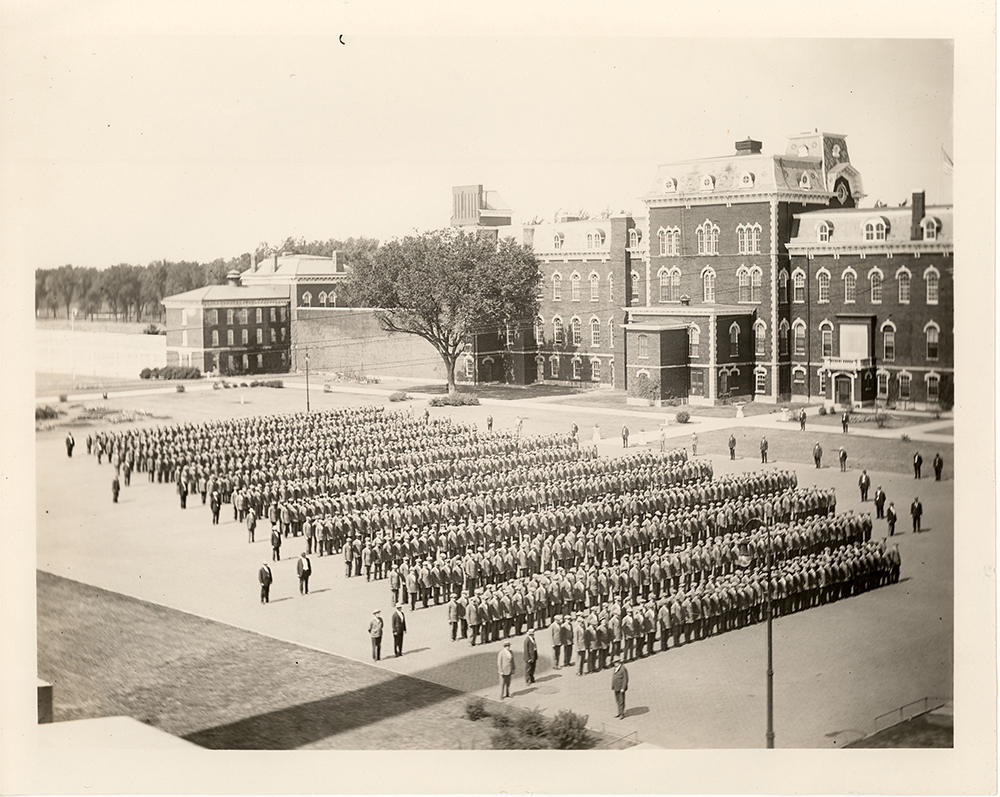#GivingTuesday Drive Launches Prison Memory Site in America’s Heartland
/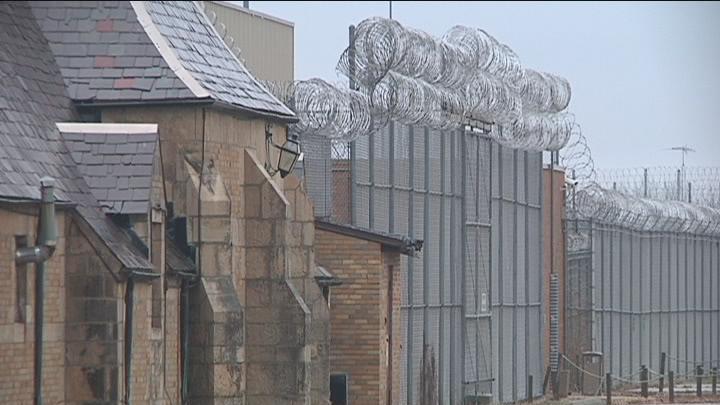
On November 29th, #GivingTuesday 2016, we launch a 6-month fundraising campaign to support an exciting new initiative –- the development of a new site of prison memory in the state of Illinois. This initiative marks a giant step forward toward our goal to create a national network of sites of prison memory across the United States.
Where We’ve Been…
For the past five years, our team of national experts, scholars, artists and student interns have been working alongside community members and those most directly affected by prisons in a small town in the Northeastern region of the United States. In Hudson, NY, we’ve been using public history, social practice art and new media technologies to create safe spaces for rich conversation, learning and reflection about the role and meaning of prisons in communities and society.
We work with a wide variety of organizations and people in Hudson and the surrounding region to recover, document, preserve, interpret and widely share previously lost pieces of history associated with the historic prison in this historic old town. Through innovative programs like photo and story shares, art exhibits, pop-up museums, participatory readings and illustrated lectures and roundtable conversations, we’ve engaged all generations in this community and a broader public in critical thought and constructive dialogue connecting the past to the present and future of justice and community in this place and the broader world.
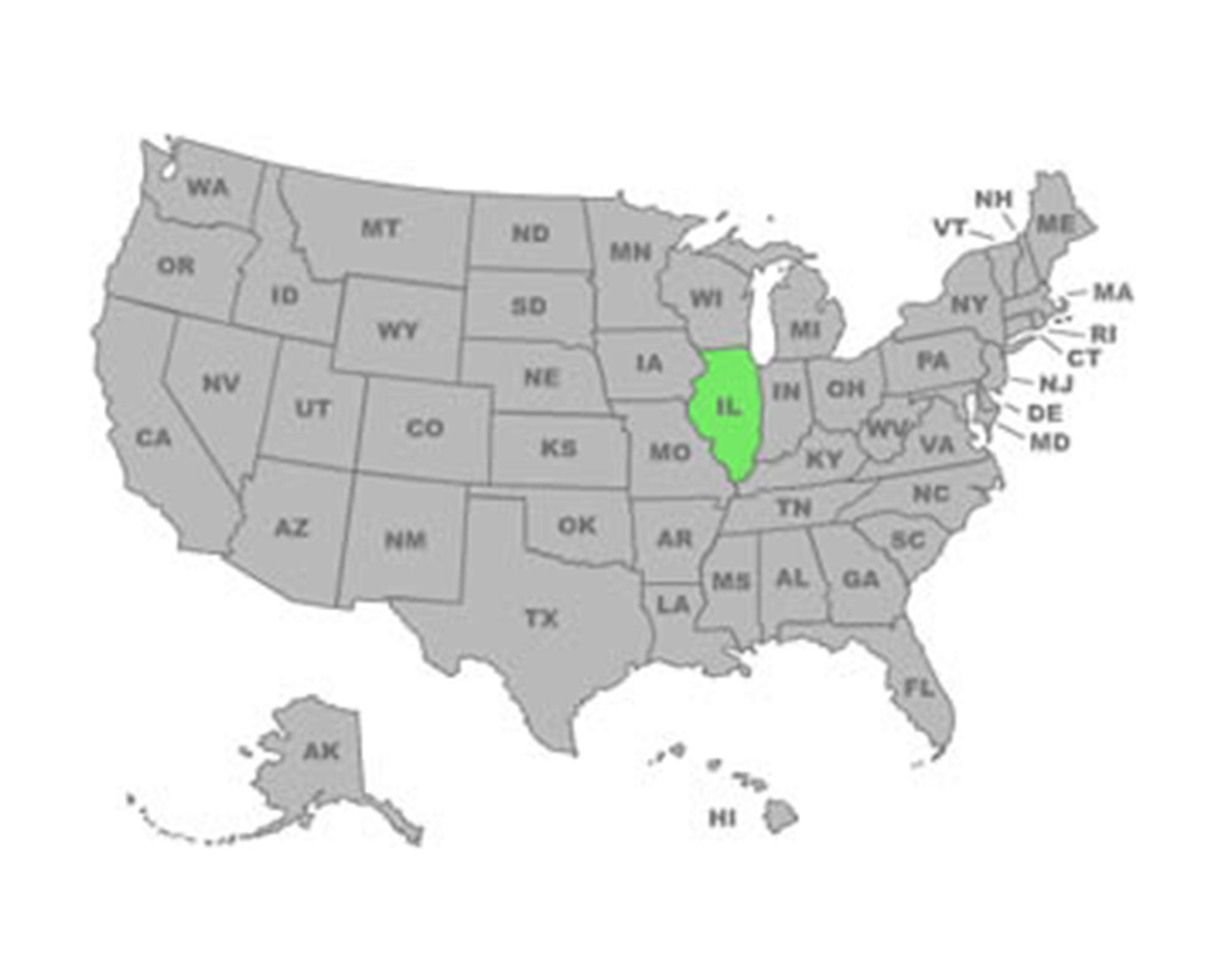
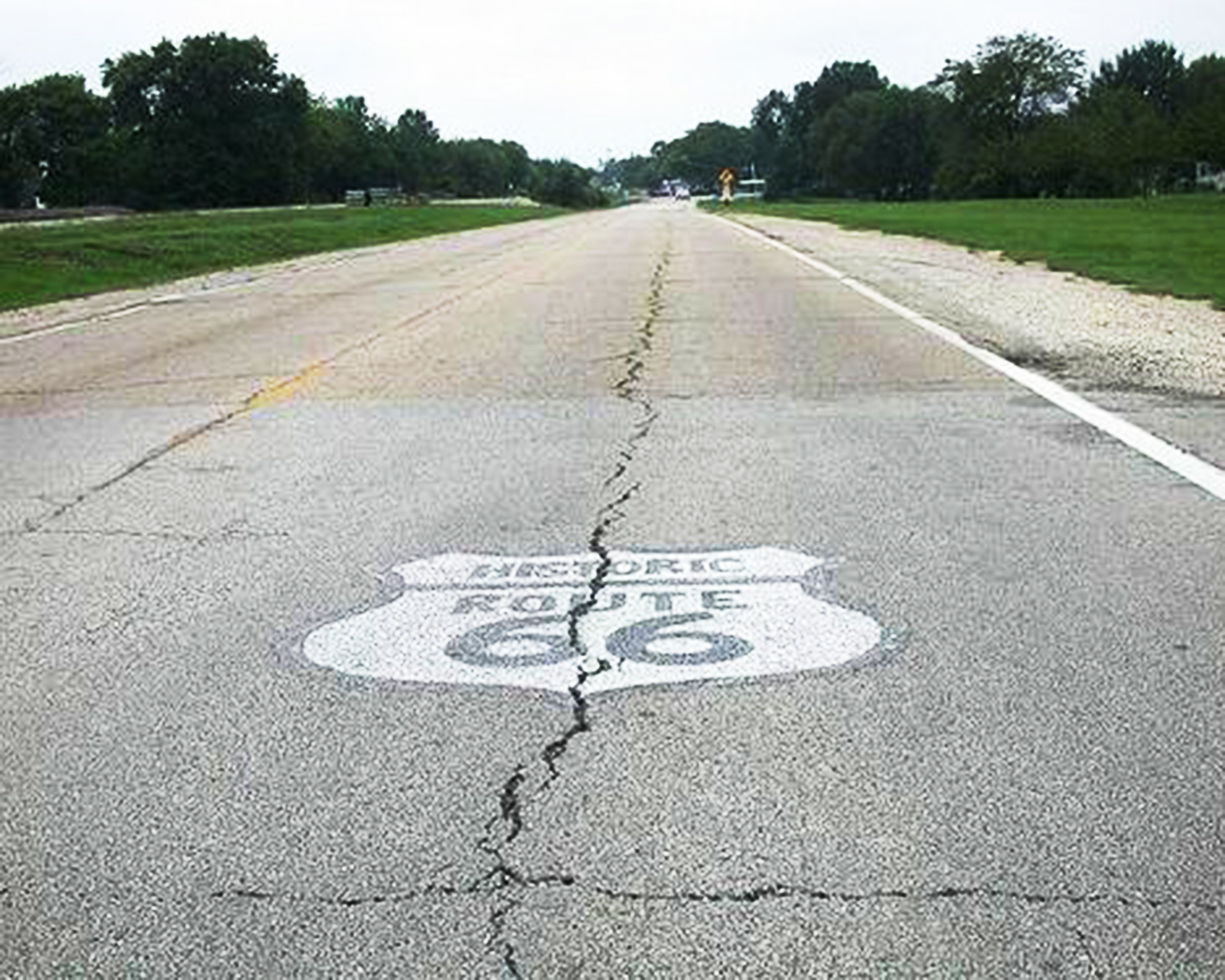
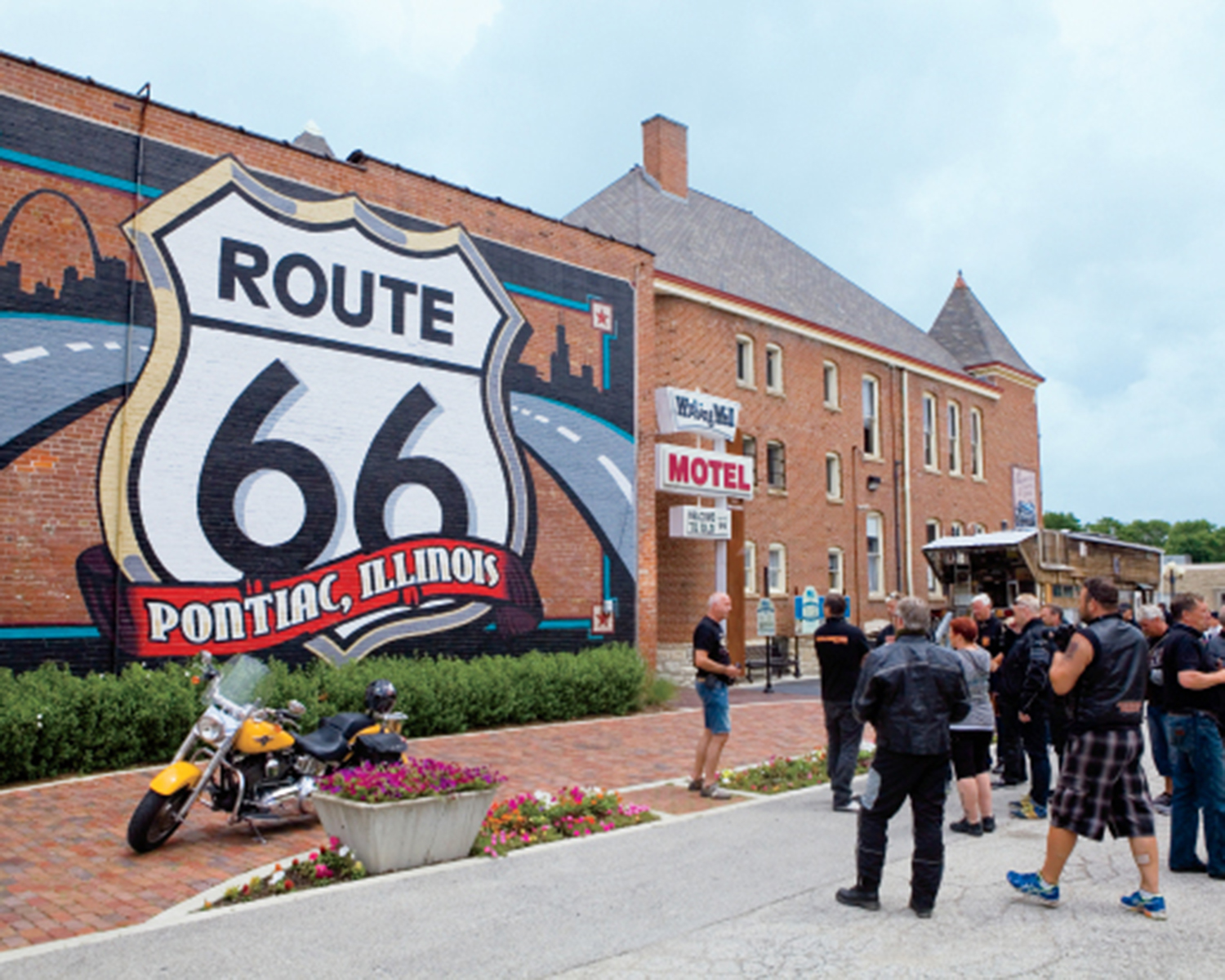
Where We’re Going…
This Fall, with support from Columbia University’s renowned Oral History Masters Program, we’ve been ‘mapping Illinois’, searching for the right kind of place to incubate a new site of prison memory in America’s Mid-West. With Sara Jacobs, an oral history graduate student and native of Illinois, we hope to be on the ground in our chosen site in Livingston County by summer 2017, working with one or more community partners, gathering our first set of oral history interviews, and developing a program to engage the community with these living histories. We also plan to spend some time in Springfield, IL in 2017 researching relevant documents in the Illinois State Archives and beginning the process of writing the stories for our website at prisonpublicmemory.org that help build collective memory.
Livingston County, Illinois is an agricultural community that lies along Historic Route 66 almost two hours south of Chicago. It is home to two prisons, one a recently closed prison for women and one a still-operating maximum-security prison for men in the state’s oldest operating prison buildings. Both prisons have long and rich histories with national significance and both housed their state’s death rows prior to the repeal of the death penalty in Illinois in 2011.
The prisons…
The men’s prison in Pontiac, Illinois began as a reform school championed by the Illinois Teachers Association and, with prisoner labor, jumpstarted the shoe industry that was Pontiac’s mainstay for many years. The Illinois State Reform School opened in 1871 for young men 16 to 26 years of age. It’s name and function was changed in 1892 as it became the Illinois State Reformatory, and again in 1933 when it became the Pontiac branch of the Illinois State Penitentiary.
Today, Pontiac Correctional Center is the oldest operating prison in Illinois. It is a maximum- security prison for adult males that also has a medium-security unit. The prison has a built capacity for 2300 inmates, with the current population around 2000.
The town of Dwight’s prison for women began in 1930 as the Oakdale State Reformatory for Women, championed by the Illinois Federation of Women’s Clubs at a time when women could be incarcerated for such crimes as “adultery”. The programs at the reformatory aimed to “turn inmates into Ladies” and the buildings that housed the Reformatory were decidedly un-prison-like. In 1970 the Reformatory closed and became the state’s maximum-security prison for women. It also housed medium and minimum-secure inmates as well as the intake, classification and processing center for all adult women sentenced to state prison in Illinois. The state closed the prison in 2013 and transferred the women prisoners elsewhere. Today only portions of the old prison in Dwight are being used, to house state records and to provide firefighting and rescue training.
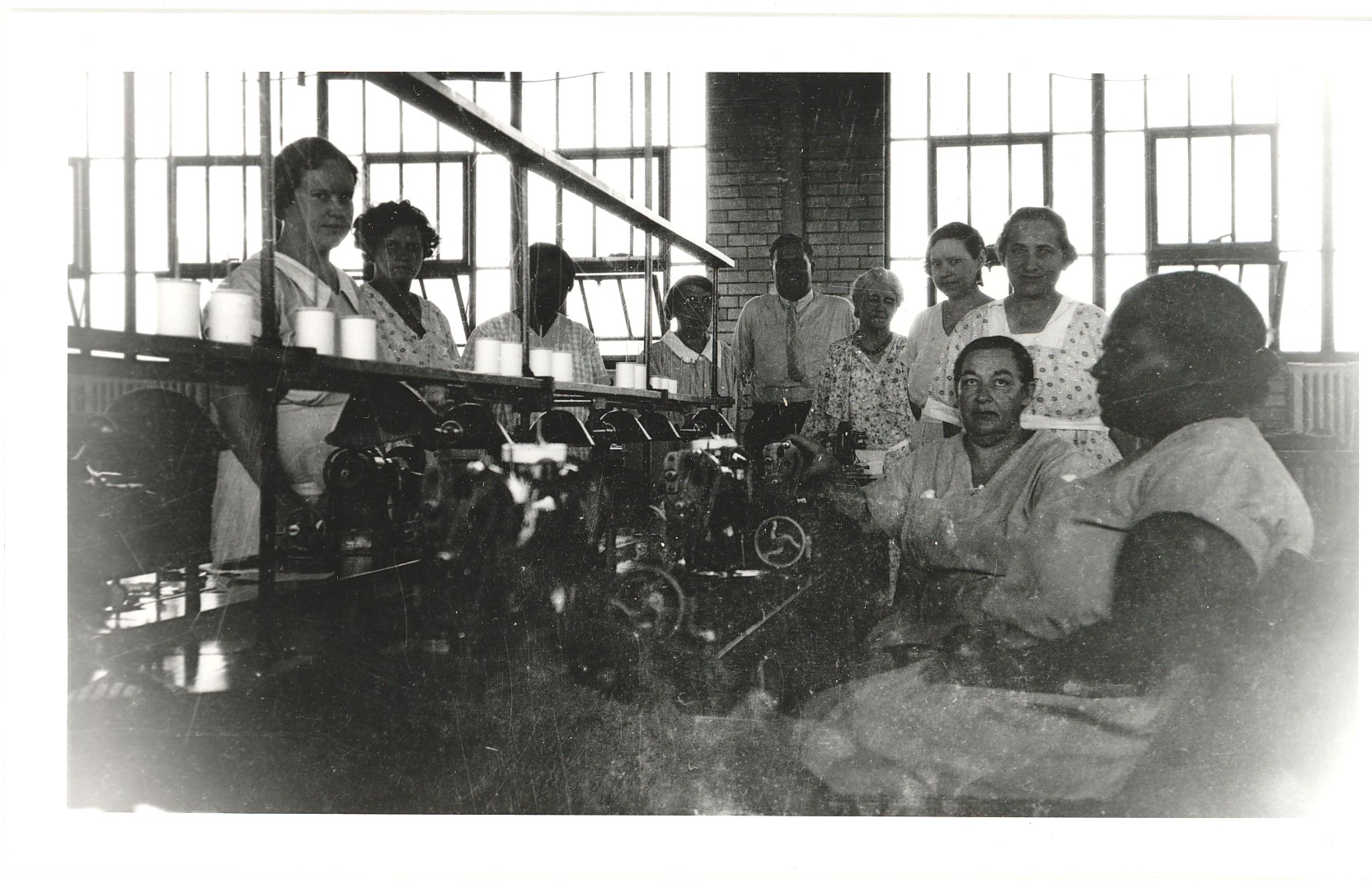
These brief descriptions provide a snap shot of two institutions that, when their history and stories are uncovered and interpreted by community members and others, could hold powerful meaning for contemporary debates about community place-making and development, prison reform, child welfare, juvenile justice, the roles of architecture and design in rehabilitation, the death penalty and the roles that race, gender, income and immigrant status in determining what is a crime and what kind of punishment is appropriate.
Community-building…
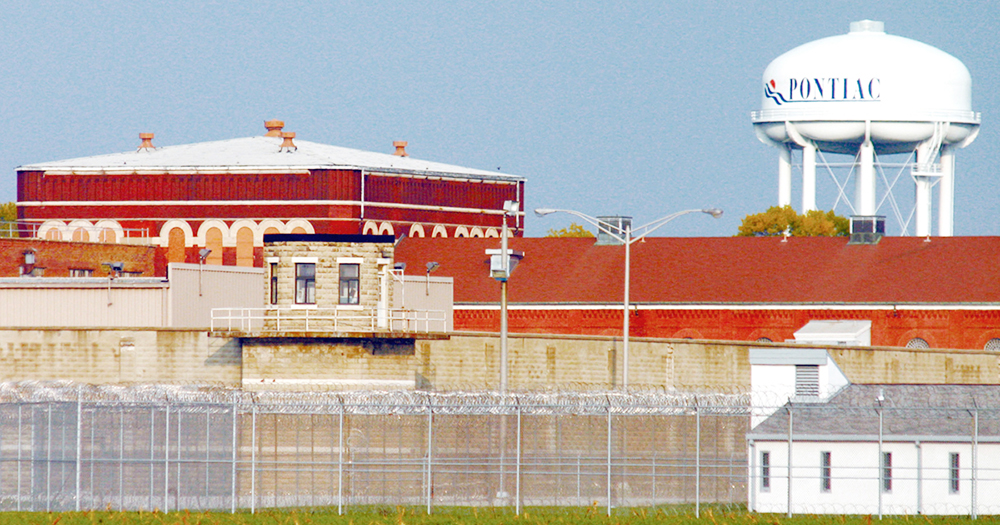

The communities of Pontiac and Dwight in our nation’s heartland are places where we can keep the momentum toward both understanding and justice moving forward. We are committed to working with and for the benefit of these communities as we bear witness to the lives of people profoundly impacted by prisons.
On Tuesday, November 29th, 2016, or earlier, please support this work by donating on-line on our website at prisonpublicmemory.org. Just click on the brown donation box with white letters on this page. Give $5, $10, $25, $50 or more if you can afford it. This work is challenging, it’s labor-intensive, and we need your help to get this new site off the ground. We thank you in advance for your support!
